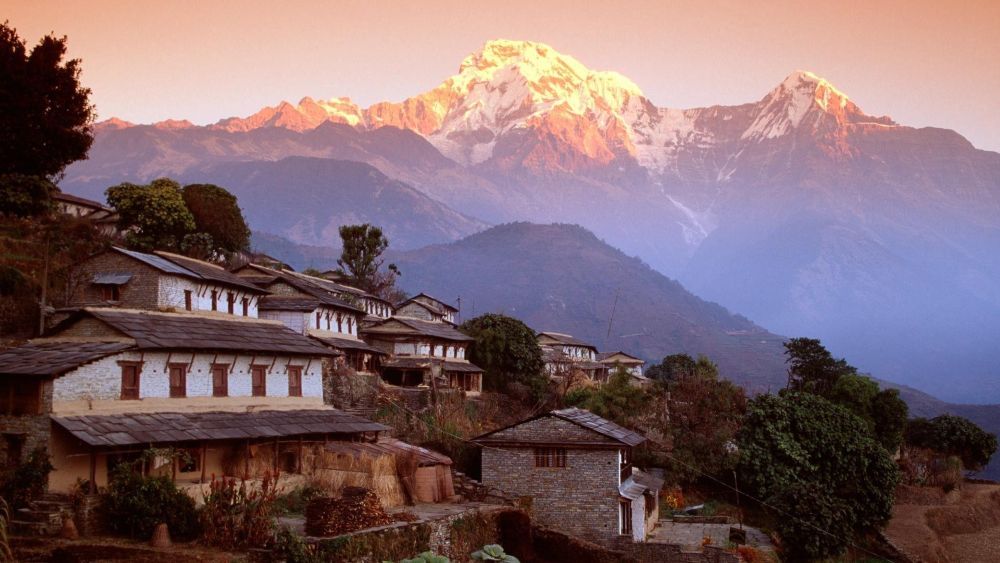
Atop the Mast: the flag of Nepal.
On the Yardarm: the universal Buddhist flag and the official flag of Tibet, also known as the Snow Lion Flag.
The October 10 New York Times carried a truly remarkable piece of background reporting, titled “How a Gen Z Revolution Spiraled Out of Control,” about the tiny landlocked nation of Nepal. The country has a remarkable history, a scary present, and great potential future. It always has been a happening place, despite its location high in the Himalayan mountains.
If you were nestled in the hills of Nepal in the town of Lumbini in the year 563 BC, you could have personally welcomed Prince Siddhartha Gautama, known today as the Buddha, to the planet. The Buddha travelled all over India and Nepal spreading his doctrine of Buddhism, which remains one of the world’s great religions. Nepalese recently celebrated the 90th birthday of the Dalai Lama, the head of the Gelug school of Buddhism, with great joy.
For many centuries in the West, Nepal was not on the radar screen. Not until July 1953, when Edmund Hilary and Tenzing Norgay tackled the daunting mountain of Chomolungma (meaning Goddess Mother of the World), known to Westerners as Mt. Everest, which towers 29,032 feet above sea level in the heart of the Himalayas. Hilary and Norgay had to climb sheer rock while battling treacherous ice and a deadly lack of oxygen on the most dangerous part of the mountain. They survived the “Death Zone“, a term that a Swiss doctor gave to a particular section of Everest in 1952 after one of dozens of failed attempts to summit; after 26,000 feet, the low-oxygen atmosphere has a disastrous effect on climbers’ physiology. Their cells start to die. A majority of climbers who have died on Everest met their end in the Death Zone.
From the birth of Buddha to the conquest of Everest, Nepal always has been a special land, perhaps no more so than today, when the Gen Z generation, which is perhaps more miserable than any before, has exploded with revolutionary fervor. Every generation has its unique struggles and experiences, but the social and economic conditions young Nepalese face today are entirely different from what older generations had to face.
Today’s young are pressured to overspend, spend too much time staring at screens, and are less literate financially. They grapple with unfulfilled promises, climate anxiety, social isolation, and confusion about their personal identity. All of which translates into a rough ride for this profoundly different generation. Gen Z Nepalis sought to highlight the stunning contrast between the country’s masses and its wealthy elites (sound familiar?), showing videos of the wealthy elite vacationing in Europe in contrast to the travels of most citizens who work abroad in low-paying jobs as porters, waiters, soldiers, and construction workers.
After the government banned social media, young people attacked and burned down the parliament, leaving a sign “You picked the wrong fight — Gen Z”. They torched financial records and installed the nation’s first female prime minister. She has a reputation for taking on the corrupt and the elite.
So do YOU think the energy and restlessness of the Gen Z protesters in Nepal will kindle similar protests and revolutionary acts in Europe and America?
Stay tuned!
Discover more from Post Alley
Subscribe to get the latest posts sent to your email.
